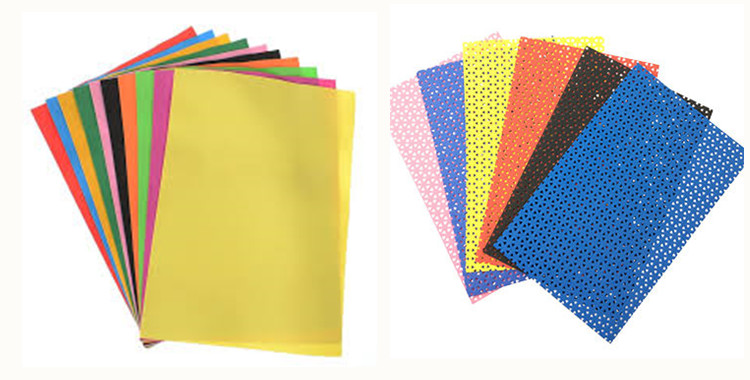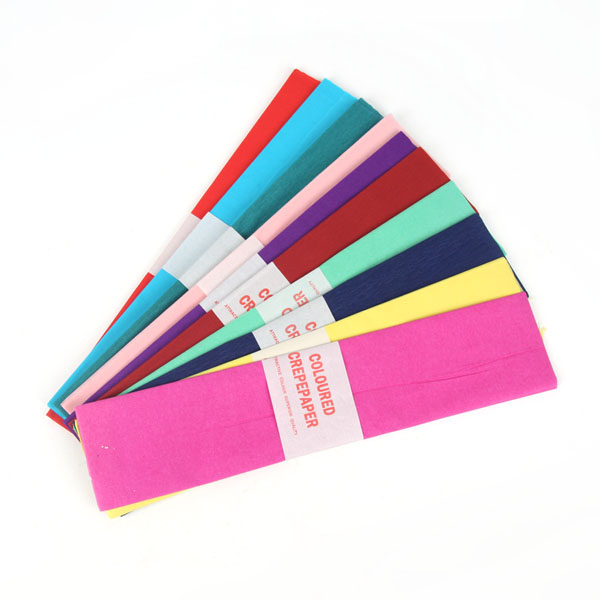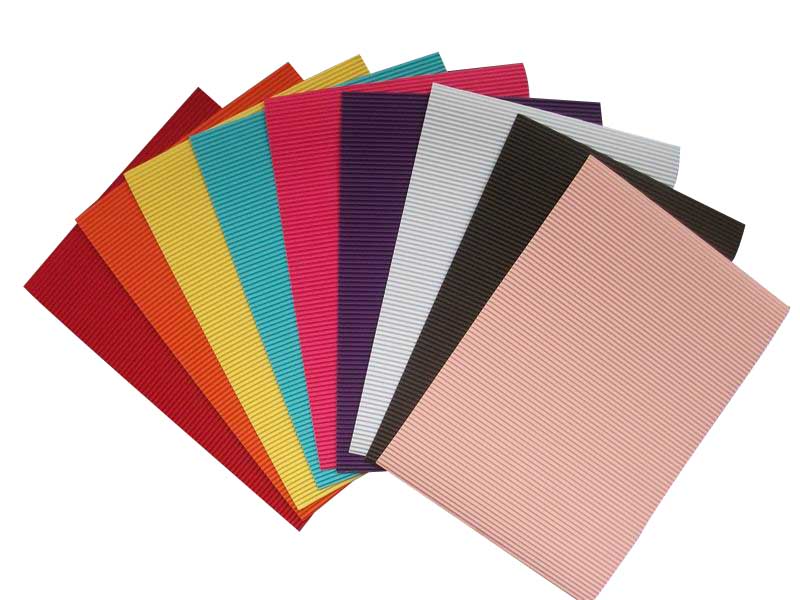The difference between open hole EVA and closed hole EVA
Research on EVA materials has never stopped. China's EVA foam industry has developed rapidly. Although great progress has been made, there are still many shortcomings, such as the promotion of EVA materials themselves.
For the time being, China's EVA usage is very large, covering almost all production companies, but many demanders use EVA materials, but they don't know what EVA materials are, and even worse, they don't know they use EVA materials. With the development of technology and the continuous updating of technology, the advantages of EVA materials have become more and more prominent, but few companies know how to distinguish EVA materials. In view of this situation, professional eva foam manufacturer Hnarts, has come to popularize some of the knowledge about EVA - the difference between open and closed-cell EVA.
First of all, we can distinguish from the appearance. The opening EVA is also called the coarse hole EVA. As the name implies, the hole on the surface of the EVA material is relatively obvious and coarse. Closed-cell EVA materials are common common EVAs, generally available in black and white.
Second, we can distinguish from the internal structure. The inner cell of the open-cell foaming material communicates with the cell or completely communicates, and the single or three-dimensional can pass gas or liquid, and the bubble diameter ranges from 0.5 to 3 mm. The closed-cell EVA material has an independent cell structure, and the inner cell is separated from the cell by a wall film and is not connected to each other.


Moreover, their characteristics are different. The open-cell foamed material has the following characteristics due to its special structure.
1. Thermal insulation: Although it is an open-cell structure, the cells are complex and have the same thermal insulation effect as the closed-cell material.
2, water and water retention: after compression, moisture will not leak, internal moisture is not easy to lose.
3, superior compressibility: as long as the low stress can be compressed, the rebound force is small, and easy to recover.
4, sound absorption: due to the high opening rate, the internal cell structure is complex, so that the sound energy is attenuated, thus showing excellent sound absorption performance. The closed-cell foaming material has extremely excellent impact resistance, rebound, softness, sound insulation, heat insulation, water resistance, non-toxic and environmental protection.
Finally, they are not used in the same range.
Open-hole EVA materials are widely used in: measuring tools, cutting tools, precision instruments, rust-proof packaging materials for internal boxes; materials for shoes that are deodorant, sweat-absorbent, and moisture-absorbing; sound-absorbing materials for rails, trains, and airplanes.
Closed-hole EVA material application range: children's toys, craft gifts, stationery office, mouse pad, sports equipment, decoration, home, travel, packaging, insulation, electrical appliances, toys, electronic products, jewelry, hardware, environmental packaging, cosmetics, composite , auxiliary packaging materials, metals and many other fields.
EVA foam materials also have a lot of knowledge that we should explore, and we hope that this material can be better used by humans.







